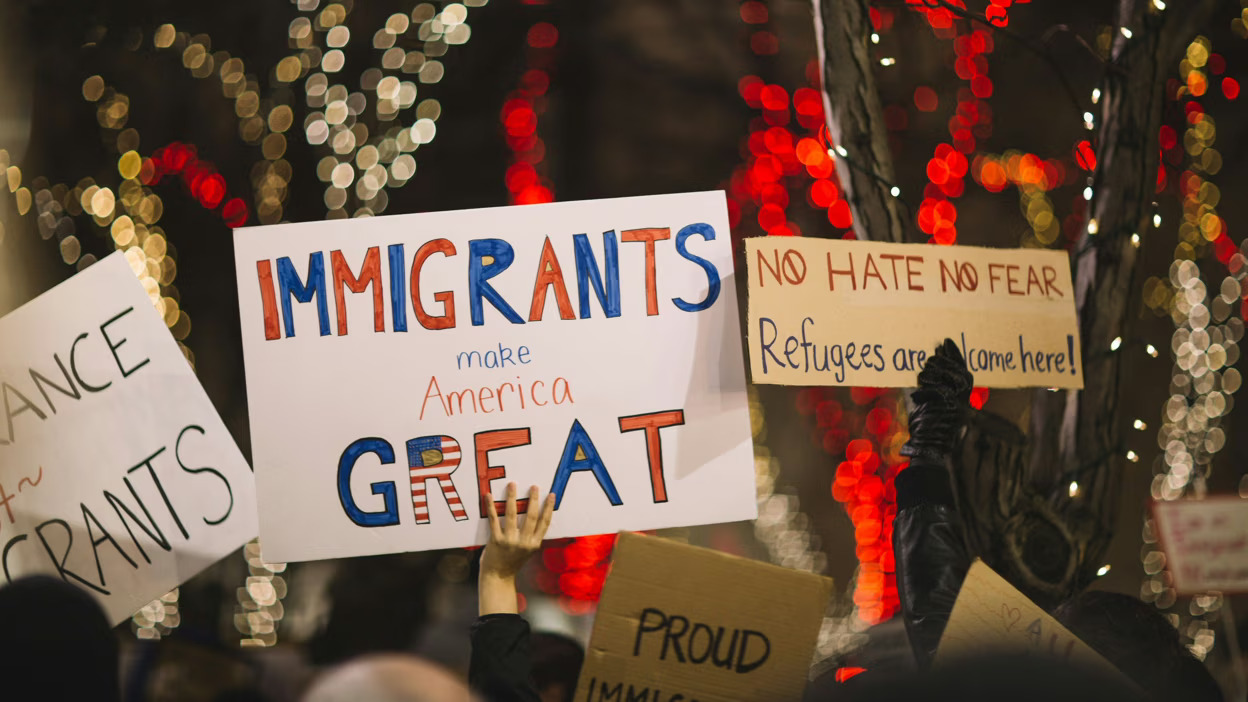Research and Analysis

Why Immigrants Can Drive the Green Economy
The 2000 Census found that immigrants, while accounting for 12 percent of the population, made up nearly half of the all scientists and engineers with doctorate degrees. Nearly 70 percent of the men and women who entered the fields of science and engineering from 1995 to 2006 were immigrants. So it should come as no surprise that immigrants will help drive the green revolution. America's young scientists and engineers, especially the ones drawn to emerging industries like alternative energy, tend to speak with an accent. Yet, the connection between immigration and the development and commercialization of alternative energy technology is rarely discussed. In IPC's lastest Perspective on Immigration piece, Richard T. Herman and Robert L. Smith explain how policymakers envision millions of new jobs as the nation pursues renewable energy sources, like wind and solar power, and hightlight the voices that warn that much of the clean-technology talent lies overseas, in nations that began pursuing alternative energy sources decades ago. Read More

U.S. Immigration Policy in Global Perspective: International Migration in OECD Countries
The United States possesses a number of competitive assets in the global war for talent: most notably, its huge and flexible labor market and an abundance of leading-edge multinational corporations and world-class universities. However, the United States also faces growing competition in the global labor market from other countries within the Organization for Economic Cooperation and Development (OECD), as well as from the expanding economic opportunities available in the home countries of Indian and Chinese professionals who constitute a vital talent pool for U.S. high-tech companies. Read More

Competing for Global Talent: The Race Begins with Foreign Students
By Jeanne Batalova, Ph.D. Read More

Building a Competitive Workforce: Immigration and the U.S. Manufacturing Sector
Shortages of skilled labor constitute the foremost challenge confronting U.S. manufacturers who face growing competition from manufacturers in Asia, Eastern Europe, and elsewhere. Demand for professionals with university degrees is rising as manufacturing becomes increasingly high tech. But the U.S. educational system is not producing enough highly educated native-born manufacturing workers to meet this growing demand. Read More

Maintaining A Competitive Edge: Foreign-Born and US Immigration Policies in Science and Engineering
Foreign-born scientists and engineers (S&Es) have long played a prominent role in U.S. technological and scientific advancement and are a critical part of the science and engineering (S&E) labor force in corporations, universities, and research centers nationwide. However, long-standing structural flaws in the U.S. visa system and the unintended consequences of security procedures instituted since September 11, 2001, may be causing an increasing number of S&Es to forgo coming to the United States, thereby depriving the nation of a critical supply of human talent. Read More

Putting a Cap on Competitiveness: Arbitrary Limits on H-1B Visas Undermine U.S. Science and Engineer
Arbitrary congressional limits on the number of H-1B visas that can be granted annually to highly skilled foreign professionals may undermine the international competitiveness of U.S. science and technology. Read More

Relinquishing Excellence: Closing the Door to Foreign Professionals Undermines the U.S. Economy
According to a recent National Science Board report, restrictive U.S. visa policies are beginning to close the door to highly skilled foreign professionals who have long helped maintain U.S. preeminence in science and technology. Read More

Labor Market Numerology: Arbitrary Congressional Limits on Temporary Worker Visas
The current numerical limits on visas for both high-skilled and seasonal workers prevent U.S. businesses from hiring the workers they need, while doing nothing to protect the jobs or wages of native workers. Labor rights are most effectively guaranteed by enforcing labor protections, not by imposing arbitrary numerical caps. Read More

Beyond the High-Tech Bubble: The Changing Demand for H-1B Professionals
Contrary to popular myth, H-1B professionals represent only a tiny fraction of the total U.S. labor force and do not crowd out native-born workers in industries that are losing jobs. Rather, H-1B workers fill growing labor needs in a variety of fields that continue to add jobs, such as education and healthcare. Read More

Foreign Students on Campus: An Asset to Our Nation
Americans are rightfully proud of our nation's higher education system. Scholars come to the U.S. from all over the world and we have historically educated many of the world's leaders. But the September 11, 2001 terrorist attacks on the World Trade Center and the Pentagon have created new challenges that threaten our position as the premier higher education destination in the world. Read More
Make a contribution
Make a direct impact on the lives of immigrants.
